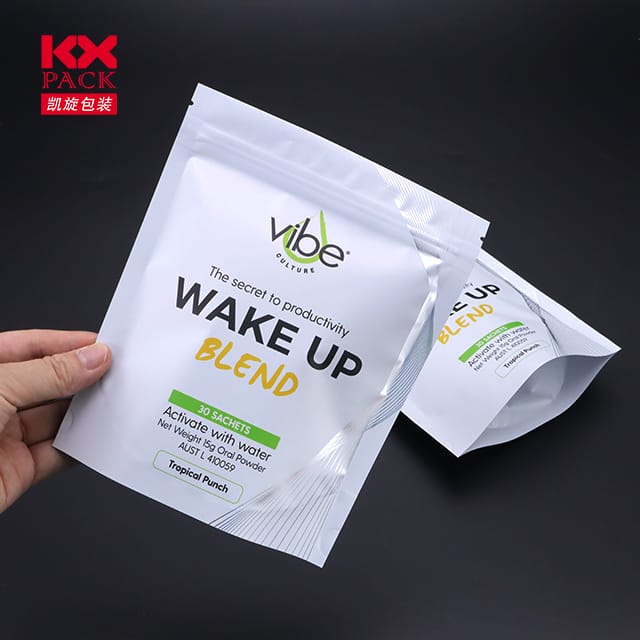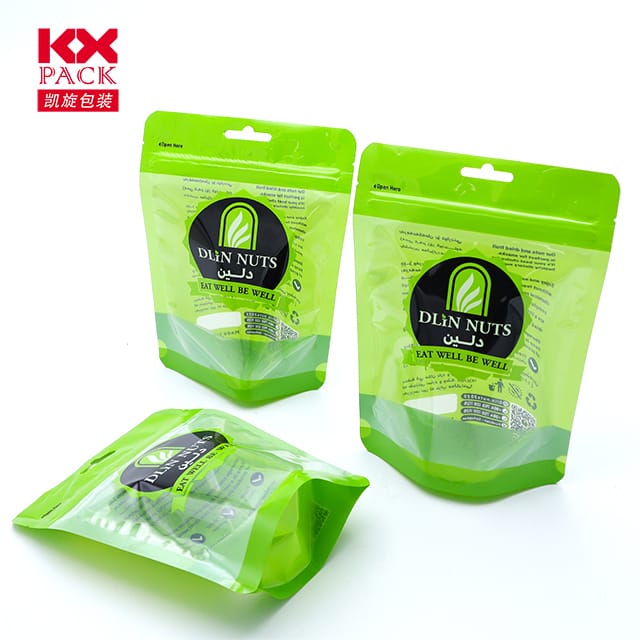The Evolution and Innovation of Food Packaging Film Rolls: A Deep Dive into Modern Food Safety Solutions
Food Packaging Film Rolls
In the bustling world of food production and distribution, food packaging film rolls have emerged as unsung heroes, quietly safeguarding products from farm to fork. These flexible, high-performance materials are not just about aesthetics—they are critical to maintaining food quality, raklewe verleng, and ensuring consumer safety. Let’s unpack the science, trends, and future potential of this essential packaging component.
1. The Science Behind the Roll: Materials and Technology
Modern Food Packaging Film Rolls are engineered marvels, often composed of multi-layered structures combining polymers like PET (Poliëtileentereftalaat), PE (Poliëtileen), PA (Nylon), and EVOH (Ethylene-Vinyl Alcohol Copolymer). Each layer serves a purpose:
- Barrier Layers (EVOH, PA): Block oxygen, vog, and aromas, preserving freshness.
- Sealant Layers (PE, CPP): Ensure leak-proof closures and heat resistance.
- Printable Layers (PET, BOPP): Enable vibrant graphics and branding.
Advanced Food Packaging Film Rolls manufacturing techniques, such as co-extrusion and lamination, allow these layers to bond seamlessly, creating films that are both durable and functional. Byvoorbeeld, a typical roll might feature a PET/AL/NY/LDPE structure, offering high barrier properties and puncture resistance—ideal for snacks, coffee, or frozen foods.
2. Volhoubaarheid: From Waste to Renewable Solutions
The global push for sustainability has reshaped the food packaging industry. Traditional plastic films, while effective, contribute to environmental pollution. Enterbiodegradable and compostable films, made from materials likePLA (Polylactic Acid), starch blends, or cellulose. These films decompose naturally, reducing landfill burden.
Another innovation isrecyclable mono-material structures, such as all-PE or all-PP films, which simplify recycling processes. Byvoorbeeld, acold-laminated PET/PE film roll can be recycled into new packaging, closing the loop on waste. Brands likeKanghui in China now offer eco-friendly options withgravure printing up to 10 kleure, proving that sustainability doesn’t mean sacrificing visual appeal.
3. Smart Packaging: The Next Frontier
The future of food packaging film rolls lies insmart technologies that enhance safety and consumer experience. Imagine a film embedded withtime-temperature indicators (TTIs), which change color if food is exposed to unsafe temperatures during transit. Or agas-scavenging film that absorbs ethylene (a ripening hormone) from fresh produce, extending shelf life by days.
Innovations likemicro-perforated films allow controlled gas exchange, optimizing the atmosphere inside the package. Byvoorbeeld, aflexible micro-perforated bag can keep strawberries fresh for up to 14 days—a game-changer for perishable goods.
4. Global Market Trends and Challenges
The global food packaging film market is booming, projected to reach$51.9 billion by 2030 (CAGR 6.4%). Key drivers include:
- Rising demand for convenience foods (e.g., peuselhappies, ready meals).
- Stringent food safety regulations pushing for better barrier materials.
- E-commerce growth, necessitating durable, tamper-evident packaging.
Egter, challenges persist.Fluctuating raw material costs (linked to oil prices) enregulatory hurdles (e.g., EU bans on single-use plastics) demand innovation. Companies are responding by investing inR&D for alternative materials enlightweighting to reduce plastic use without compromising performance.
5. Case Study: A Roll for Every Need
TakeZhejiang Kanghui’s flexible film rolls, which cater to diverse applications:
- Snack Packaging: High-barrier PET/PE films with anti-fog properties to keep chips crisp.
- Frozen Foods: Heavy-duty PA/PE films resistant to cold temperatures and freezer burn.
- Farmaseutiese produkte: Sterilizable, medical-grade films for sensitive products.
TheirOEM services allow brands to customize thickness, print designs, and even add functional additives likeantimicrobial agents (e.g., silver-ion coatings) for extended freshness.
Afsluiting: The Roll That Keeps Rolling
Food packaging film rolls are more than just rolls of plastic—they are a testament to human ingenuity in balancing safety, volhoubaarheid, en gerief. As technology advances, these films will become smarter, greener, and more versatile, adapting to the evolving needs of consumers and the planet.
So, the next time you tear open a bag of chips or unwrap a frozen meal, take a moment to appreciate the roll of film that made it all possible. After all, great packaging is often invisible—until you need it.
What innovations would you like to see in food packaging film rolls? Share your thoughts below! 🌱🍃📦







